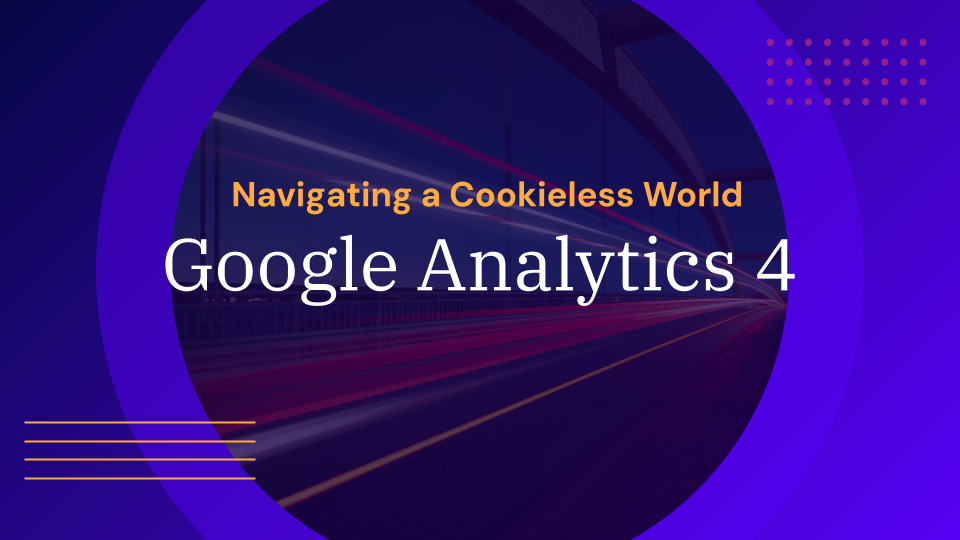
iOS14: The End of Revenue Visibility for SME’s?
Another week, another revelation about the true impact on the ads ecosystem from Apple’s enforced implementation of the App Tracking Transparency prompt.
As a result of the upcoming iOS14 changes, dramatic changes to the ads ecosystem will be forced through in an extremely short span of time, which will affect all forms of advertising that in any way rely on the tracking of user activity on apps, whether it is for audience building, ad serving or attribution. Unsurprisingly, this covers most ad platforms. Given that the vast majority of Facebook & Instagram users access the platforms via their app, they are unsurprisingly one of the most heavily impacted players.
This is filtering through to media buyers via reductions in targeting options, reporting breakdowns, attribution windows/accuracy and much more.
Top 8 Conversion Events
There has been a long list of steps for advertisers to take, including but not limited to, verifying your domain, changing pixel implementation, rejigging campaign structure and prioritizing your top eight conversion events. This last point was intended to allow some visibility into the performance of users that had opted out of tracking, with your top priority event still sent back to Facebook for attribution/optimisation purposes. For example, if an opted-out user clicked on your ad, and then viewed a product, added it to cart, then purchased, this purchase would be sent back to Facebook. This was a welcome tonic to advertisers, as it gave some reassurance of continued visibility into ad performance.
However, in the last two weeks, it has come to light that this will only send back the sale, with no revenue data associated. The only way around this is to implement Value Optimisation, which allows this visibility, but comes with a catch. You need to be driving over thirty post-click purchases attributed to your ads every seven days, at a minimum. In Q3 2020, there were 10 million advertisers active on Facebook Ads; the vast majority being small businesses that won’t hit these thresholds and will therefore lose visibility on half their revenue. This 50% figure will vary depending on the percentage of your audience that are iOS users, and the percentage that opt out – but 50% is a likely conservative estimate.
This will have a shattering impact on the millions of small advertisers that depend on the measurability of their advertising to make the most out of their limited budgets, particularly given the ongoing macro uncertainties. Countless businesses will be checking Ads Manager wondering where their revenue has gone, or why their ad performance has nose-dived. Impacts on the visibility of advertising performance are inevitable as we move into the cookie-less future, but a change as dramatic, sudden and unheralded as this will have a devastating impact.
All this being said, there is always a new disaster threatening to change the way we advertise, and there is always a way to shift your measurement strategy to accommodate these changes. It requires creative thinking, and leveraging new tools. Whilst there isn’t currently a perfect solution, there are some steps you can take to bring back some of this lost visibility and build a more sustainable model for the future.
What Can We Do?
Simplify Measurement
In an ideal world, a clear view of ROAS would always be available. However, if we assume that this is no longer an option, there are further credible solutions:
- Move to engagement based metrics. Take benchmarks now to define what good quality traffic looks like to you outside of revenue performance, such as bounce rate or session duration within GA. Then use these as your benchmarks for driving high quality campaigns optimising to landing page views.
- This can be combined with assessing activity on a cost-per-order basis, as transactions will still be reported back for opted out iOS users.
Revenue Modelling
Despite losing visibility from your iOS14 opted out sales, you still have lots of data from Android, desktop or sitewide performance. You can use this to:
- Use attributed revenue from within Google Analytics, or other third party attribution, to model out likely AOV from your overall Facebook activity. Keep in mind that sales attributed to social via GA last-click attribution are normally a lower AOV than your Facebook tracked figures, so have a look at the current ratio to prepare.
- Use Facebook attributed revenue from Android & Desktop to attribute likely performance from iOS. It is unclear whether the operating system reporting breakdown is going to disappear. If it doesn’t, then just use this, but if it does you’ll need to separate out targeting by OS in order to see this breakdown. If you’re segmenting targeting, make sure you’re using Campaign Budget Optimisation to avoid splitting up your optimisation data too much. Similarly to GA, keep in mind that iOS & Android AOV can naturally vary, so have a look at your historic variance now.
Leverage First-Party Data
- Finally, a further opportunity to reclaim some of these lost insights would be via increased usage of your own first party data via offline sales uploads. This would be taking a list of online purchasers alongside various user data associated with that purchase (e.g email), then uploading it into Facebook. Facebook should then match this to users that interacted with your ads.
- It is worth noting that this isn’t a perfect solution. Firstly, it requires manual uploads or using an API connection. Secondly, you won’t get a full view on performance as it depends on Facebook successfully matching the purchase to a user account.
Although the above should allow for some continuity in these turbulent times, it is worth noting that the iOS14 changes are not isolated, and are instead part of a wider shift towards prioritising user privacy. A general shift away from directly attributed sales and towards modelling is expected over the next few months and it is essential that we prepare as much as possible for this. Increasing first-party data usage is expected to be a key element of the new advertising ecosystem, so preparing systems to use this now can only be beneficial in the long term. If you haven’t already got a strong CRM system implemented, now is the time. As always within digital, staying nimble, reactive and, where possible, proactive, is key.
Browse: Industry Insight
Read Next
Find out how we can help you
With offices around the world, we can build a team perfect for your needs.

